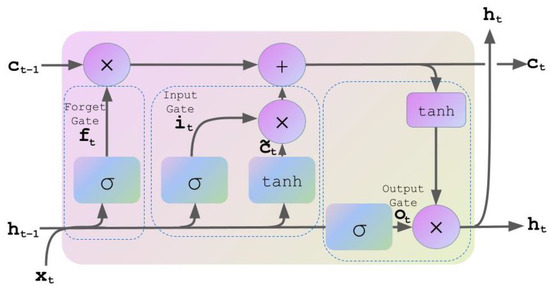2023-11-02 アルゴンヌ国立研究所(ANL)
◆科学者たちはMLモデルを開発し、液体温度や圧力などのセンサーデータを分析し、運転中の異常を素早く検出する能力を実証しました。これにより、核エネルギーシステムの効率と費用対効果が向上し、将来のエネルギー需要に対応する可能性があります。
<関連情報>
- https://www.anl.gov/article/advances-in-machine-learning-for-nuclear-power-operations-spell-a-brighter-future-for-carbonfree
- https://www.mdpi.com/1996-1073/16/13/4965
長時間の短期記憶オートエンコーダを用いた多感覚データ融合による液体ナトリウムコールドトラップ操作の異常検出 Anomaly Detection in Liquid Sodium Cold Trap Operation with Multisensory Data Fusion Using Long Short-Term Memory Autoencoder
Alexandra Akins,Derek Kultgen and Alexander Heifetz
Energy Published: 26 June 2023
DOI:https://doi.org/10.3390/en16134965

Abstract
Sodium-cooled fast reactors (SFR), which use high temperature fluid near ambient pressure as coolant, are one of the most promising types of GEN IV reactors. One of the unique challenges of SFR operation is purification of high temperature liquid sodium with a cold trap to prevent corrosion and obstructing small orifices. We have developed a deep learning long short-term memory (LSTM) autoencoder for continuous monitoring of a cold trap and detection of operational anomaly. Transient data were obtained from the Mechanisms Engineering Test Loop (METL) liquid sodium facility at Argonne National Laboratory. The cold trap purification at METL is monitored with 31 variables, which are sensors measuring fluid temperatures, pressures and flow rates, and controller signals. Loss-of-coolant type anomaly in the cold trap operation was generated by temporarily choking one of the blowers, which resulted in temperature and flow rate spikes. The input layer of the autoencoder consisted of all the variables involved in monitoring the cold trap. The LSTM autoencoder was trained on the data corresponding to cold trap startup and normal operation regime, with the loss function calculated as the mean absolute error (MAE). The loss during training was determined to follow log-normal density distribution. During monitoring, we investigated a performance of the LSTM autoencoder for different loss threshold values, set at a progressively increasing number of standard deviations from the mean. The anomaly signal in the data was gradually attenuated, while preserving the noise of the original time series, so that the signal-to-noise ratio (SNR) averaged across all sensors decreased below unity. Results demonstrate detection of anomalies with sensor-averaged SNR < 1.



